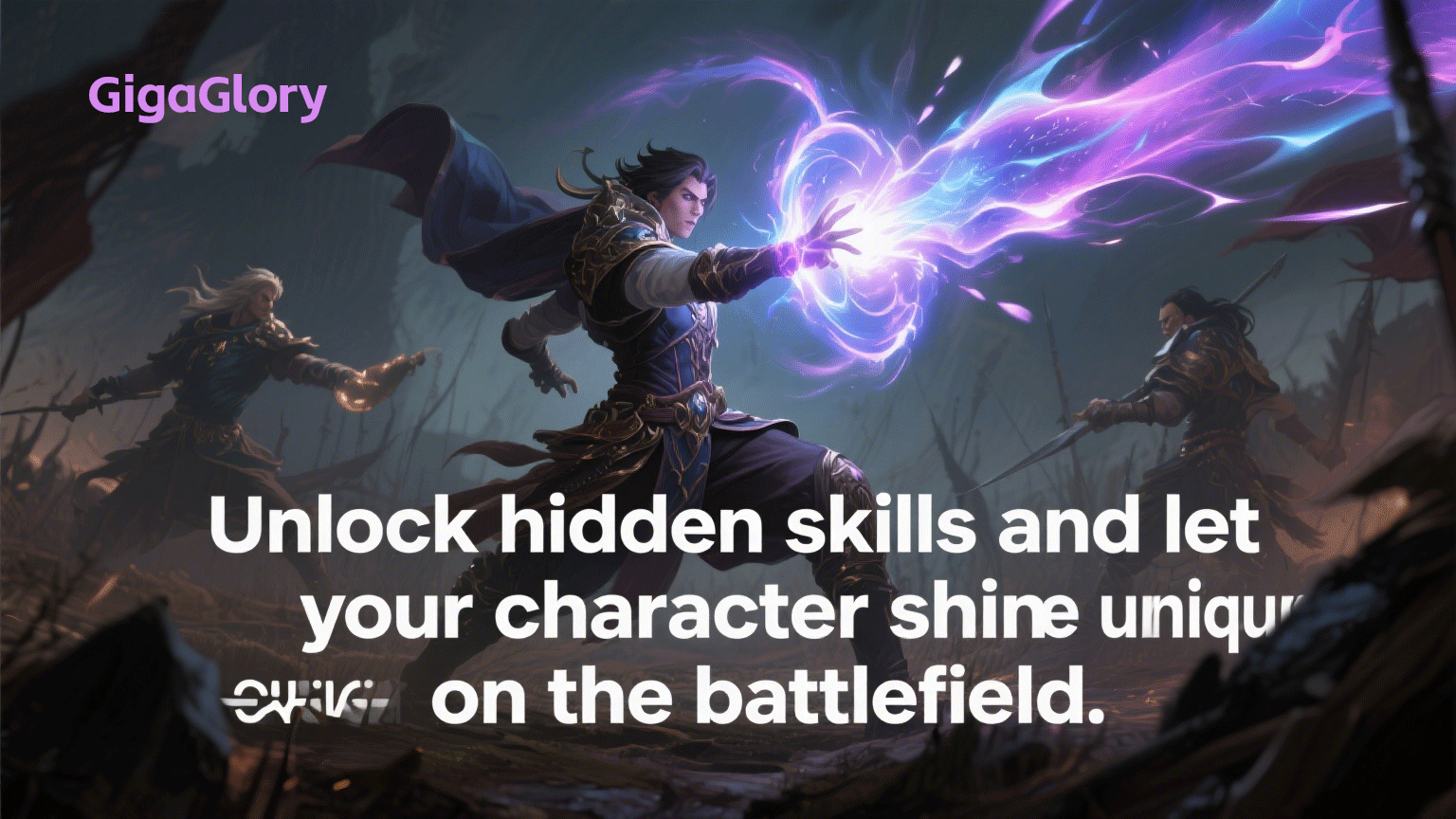Why Multiplayer Games are Revolutionizing the Experience of Life Simulation Games
In recent years, the world of gaming has experienced a remarkable transition, particularly in the genre of life simulation games. The emergence of multiplayer games has introduced an exciting dimension that has transcended conventional gameplay. Today, we’ll delve into how this innovative aspect is changing the way players experience life simulation games, with a special focus on trending titles like EA Sports FC 24 across various platforms and the unique allure of tickle RPG games.
The Evolution of Life Simulation Games
Life simulation games have been around for decades, allowing players to create and control virtual lives. From classic titles like *The Sims* to newer entries, the core premise remains the same: simulate a life. However, the addition of multiplayer elements has opened new frontiers, enhancing interaction and immersion.
The Power of Multiplayer Interaction
One of the standout features of multiplayer games is the social interaction it facilitates. This community aspect is critical in life simulations where players can share experiences, collaborate, and even compete. In conventional single-player modes, the storyline and characters are isolated; however, multiplayer platforms create a dynamic environment filled with unpredictable player interactions.
Benefits of Multiplayer in Life Simulations
- Enhanced Engagement: Players are more likely to stay engaged when they can interact with others in real-time.
- Shared Experiences: Multiplayer environments allow for shared events and milestones, creating memorable moments.
- Collaboration: Players can work together to build communities, run businesses, or achieve common goals.
- Competition: Friendly competition adds excitement, encouraging players to push their limits.
EA Sports FC 24: A Case Study
Taking a closer look at EA Sports FC 24, we can see how different platforms have integrated multiplayer functionalities into life simulations. With its enhanced graphics and robust online platform, players can both manage a football club and live out their sports fantasies with friends. This title exemplifies the potential of multiplayer life simulation by allowing players to compete against each other, join leagues, and even trade players in a vibrant online marketplace.
Exploring Tickle RPG Games
When it comes to tickle RPG games, the dynamics shift quite a bit. These games revolve around humor and lightheartedness, and by introducing multiplayer elements, they have evolved into a playful social experiment. Players can tickle or prank each other, fostering a unique sense of camaraderie. Unlike traditional life simulations which often look serious, these games leverage laughter and fun, highlighting the diverse possibilities within the genre.
Building Communities in Life Simulation Games
Community building is a significant aspect of multiplayer games, particularly in life simulations. Players can form alliances, create neighborhoods, or engage in community events. Platforms like *Roblox* and *Second Life* have become virtual metropolises, showcasing the power of collaboration in creating vibrant living spaces for players.
The Role of User-Generated Content
Another key feature propelled by multiplayer capabilities is user-generated content. Players can contribute their own designs, stories, and experiences, ultimately shaping the game’s landscape. This contributes to a more personalized experience, as every player’s world is slightly different based on these interactive contributions.
Challenges of Multiplayer Life Simulation Games
While the benefits are plentiful, there are challenges linked with multiplayer games. Players may face issues with toxicity in online communities, technical imbalances, or connectivity problems. Balancing individual gameplay with multiplayer interaction can also be tricky. Game developers must ensure that fun is not lost amid competition or collaboration. A well-balanced multiplayer system is essential for maintaining a positive gaming experience.
Comparative Table: Single Player vs. Multiplayer Life Simulation
| Feature | Single Player | Multiplayer |
|---|---|---|
| Engagement | Isolated Story | Dynamic Interaction |
| Community | Single Experience | Shared Worlds |
| Competition | N/A | Real-time Challenges |
| Collaboration | Limited | Team Projects |
The Future of Life Simulation Games
As we look ahead, the integration of cutting-edge technology into multiplayer life simulation games is likely to deepen. Innovations like virtual and augmented reality promise to enhance the immersive experience, pushing the boundaries of what players can do in these simulated worlds. More personalized experiences based on AI recommendations could also shape the future, providing tailored gameplay that caters to individual player preferences.
Key Takeaways
- Multiplayer games increase engagement and community building.
- The introduction of competition adds excitement and motivation.
- User-generated content shapes unique experiences.
- Challenges exist but can be managed with proper game design.
- Technology is set to revolutionize multiplayer interaction further.
Conclusion
In conclusion, the rise of multiplayer games is revolutionizing the landscape of life simulation games in profound ways. Enhanced community interaction, shared experiences, and customizable elements have created a rich tapestry of gameplay opportunities. While challenges persist, the evolution is paving the way for more immersive and enjoyable gaming experiences. As we step into this new era of life simulation, the future looks bright—largely driven by the dynamic nature of multiplayer gaming.



